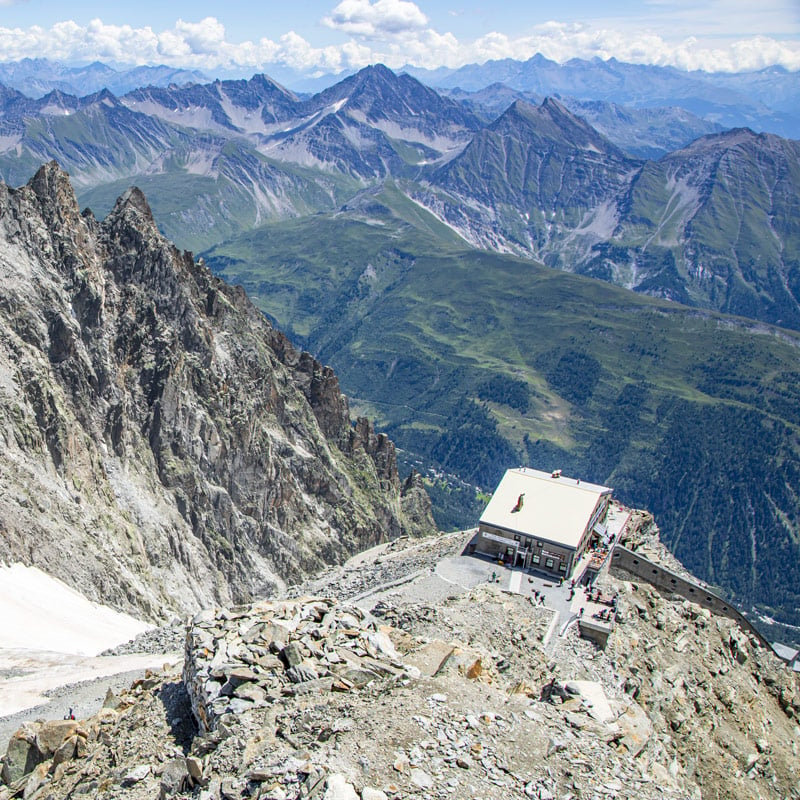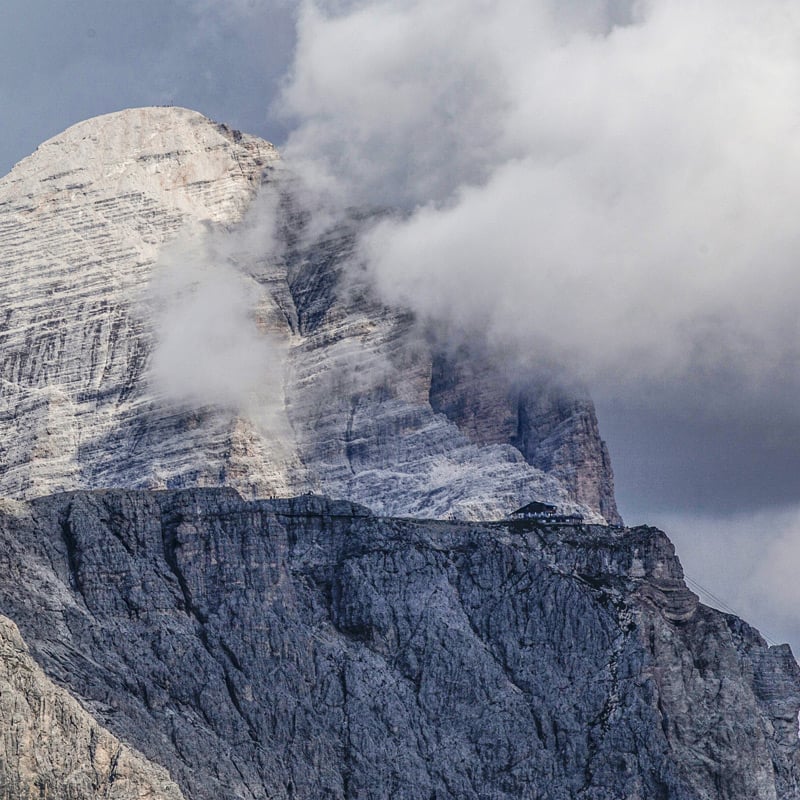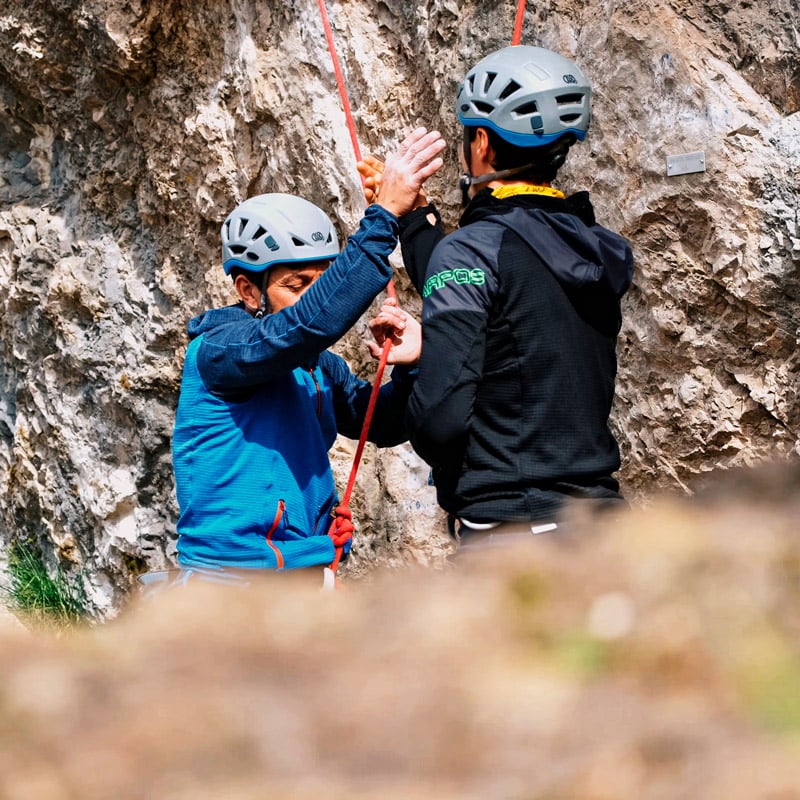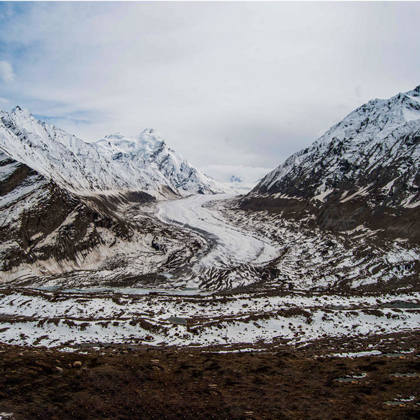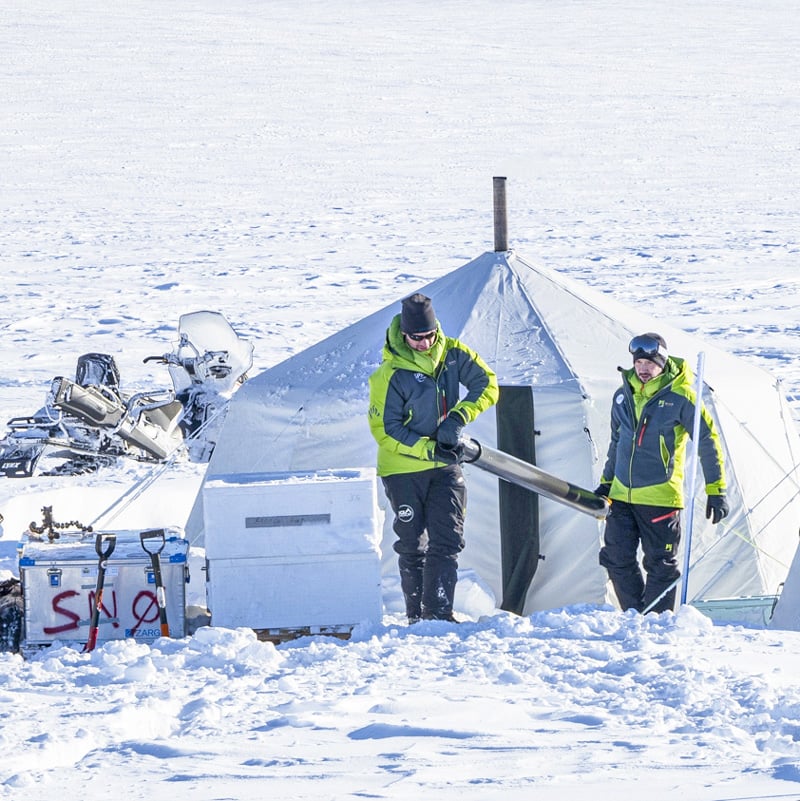
GRAND COMBIN, 3 CORES EXTRACTED AND THOUSANDS OF YEARS OF CLIMATE HISTORY IN THE ALPS SAVED
Two total cores (almost as deep as bedrock, 99 m.) and one partial core. A big haul for Ice memory researchers, returning from their 16-day expedition on Corbassière, the main glacier in the Grand Combin massif.
“This coring has great symbolic as well as scientific value, both because it closes the circle that began with the 2020 attempt, which then failed due to poor ice conditions, and because it was carried out on one of the most fragile alpine glaciers of all,” the comment of the expedition leader, Jacopo Gabrieli.
Despite being at one of the highest altitudes in Europe in fact, the glacier covering Grand Combin is retreating at an impressive rate, mainly due to the large temperature swing between April and May. The collapse of the seracs that occurred in 2022 and the subsequent tragedy involving some 20 mountaineers are evidence of the seriousness of the phenomenon.
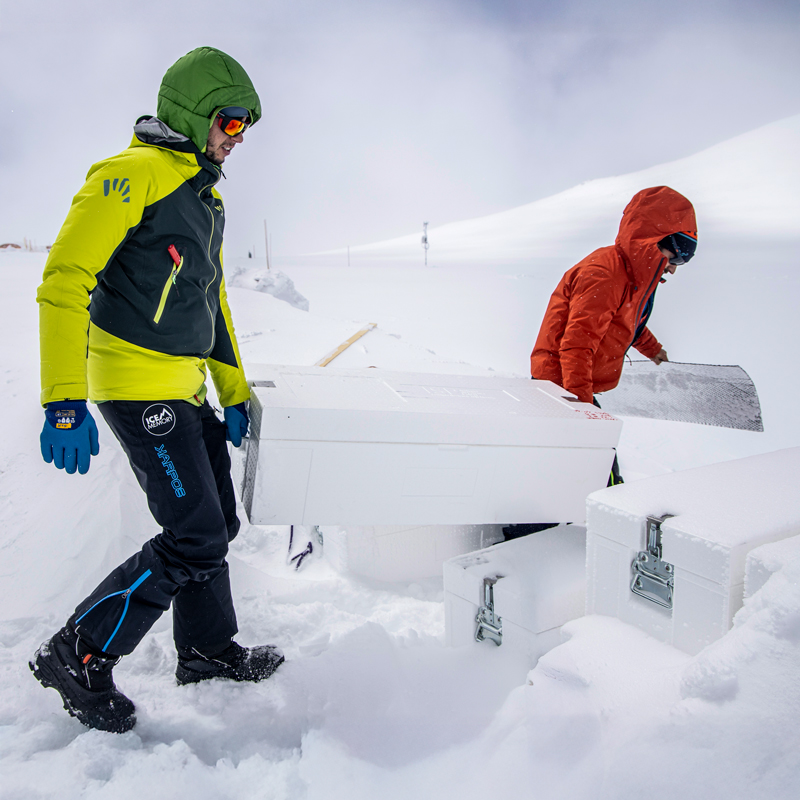
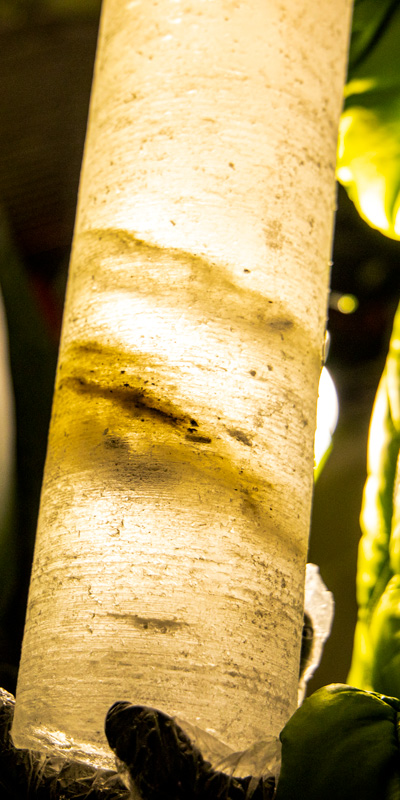
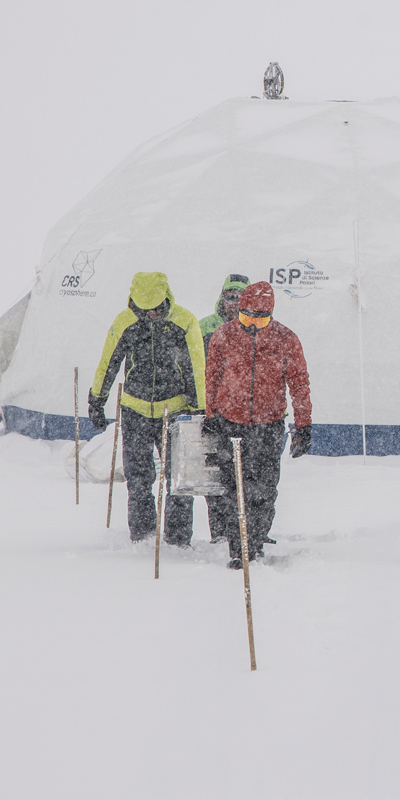
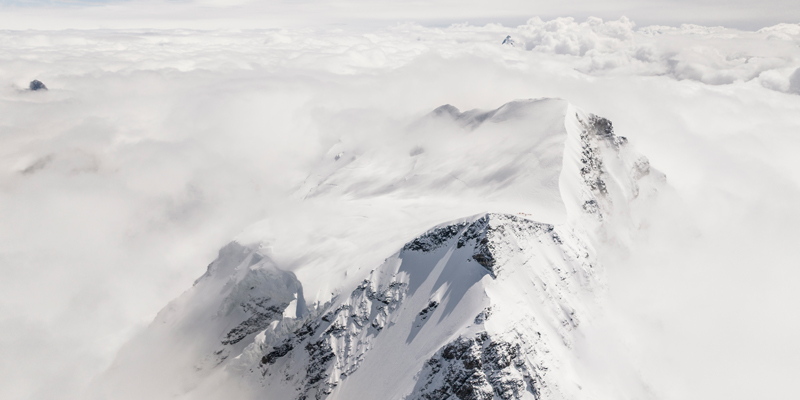
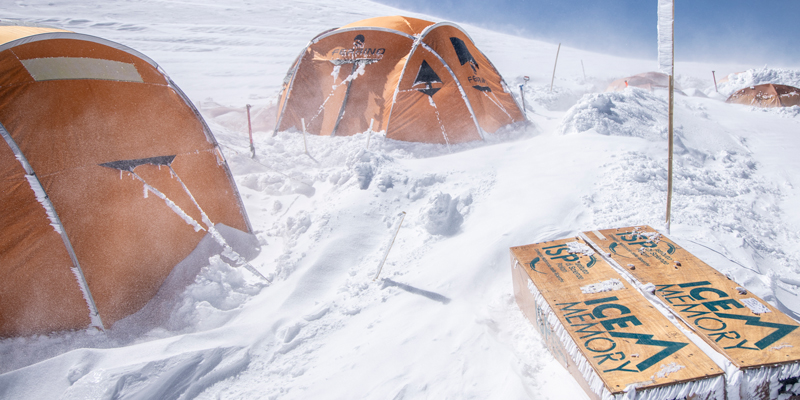
In May 2025, researchers from ISP-CNR Venice, Ca' Foscari University and the Ca' Foscari Foundation initially set up base camp in Ollomont, testing the performance of the new electro-thermal core barrel, which can provide highly technical data during coring. Once moved to the remote camp, located at 4100 m. on the slopes of the glacier, the team set up georadar survey operations under challenging conditions: perceived temperatures as low as -35°C and snow and wind gusts of up to 100 km/h!
Despite the difficulties, the results of the preliminary studies successfully identified the dome (the area in which to core), giving the go-ahead for operations. The coring proceeds slowly due to the presence of materials or excessive liquidity of ice in the superficial layers. Upon reaching almost 50 m. depth, additional debris and unstable material to be collected again slow down field activities, forcing the working group to move to another site.
The researchers opt for drilling at night, assisted by the colder temperatures and an electro mechanical core barrel. In a single day's work, a depth of 65 m. is exceeded. The expected signal from the researchers at base camp, who join their colleagues on the Grand Combin and place the collected samples in special boxes, storing them at -20°C. Some cores will be studied in laboratories in Venice, for analysis that could lead to initial conclusions. Others will be transported and temporarily buried at the Concordia science base in Antarctica, along with other samples collected on the Gorner, Calderone, Holtedahlfonna and Colle del Lys glaciers, “ready for use” by future generations of researchers.
Meanwhile, the closure of operations is delayed due to unstable weather. Researchers take the opportunity to take the drilling to the record depth of 98.90 m., near the bedrock, where the rock layer begins. This is an extraordinary accomplishment that will save more than 10,000 years of climate history on Grand Combin, by which time the glacier covering it will have completely disappeared.
THE RESULTS OF THE EXPEDITION TO COLLE DEL LYS
The scientists on the research team worked for about 10 days, setting up the base camp at an elevation above 4,000 meters and extracting two ice cores, each more than 100 meters long.
So the operation was thus a success, despite the presence of a liquid layer in the firn (the first 15 meters of the ice layer), demonstrating how the melting of the Alpine glaciers due to climate change has reached previously almost unimaginable elevations.
The drilling of ice cores from one of the most afflicted glaciers in the Alps thus brought to a close the field operations that began on Monte Rosa in 2021, when the first samples were extracted from Colle Gnifetti.
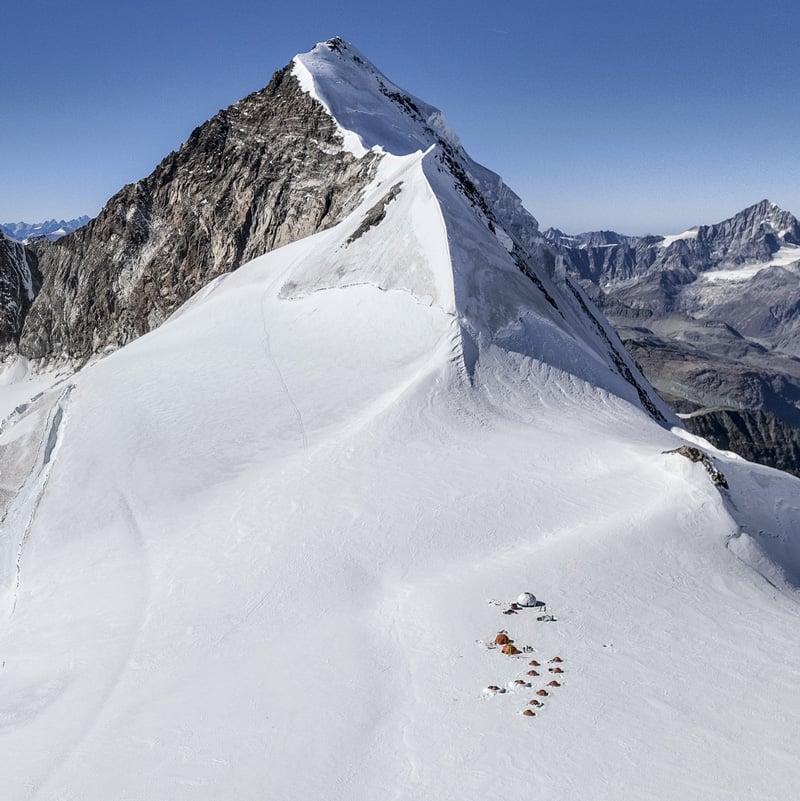

Together with the samples collected in previous expeditions — to the Grand Combin, Gorner, Calderone, and Holtedahlfonna glaciers — the ice core from Colle del Lys will allow researchers to reconstruct the environmental history of the last 10,000 years. This will take place after almost all these glaciers have become extinct due to the already irreversible effects of climate change.
the results of the hard expedition to the Svalbards
The research conducted by the Ice Memory project to understand the causes and evolution of climate change stopped in 2023 at the Svalbard Islands (Norway).
The Arctic area, known for the colors of the northern lights and husky sleigh rides, is also the region where temperatures have increased four times more in recent decades than the average increase in the rest of the planet.
"Arctic amplification", the name given to the phenomenon that pushes the thermometer in some areas up to 10 degrees Celsius above zero in summer, has certainly not spared the archipelago's largest glacier, the Holtedahlfonna.
This is where the activities of the mission led by the National Research Council focused. The scientists spent 23 days in a remote camp set up at an altitude of 1150 meters, amidst gusts of wind and temperatures exceeding minus 40 degrees Celsius. The goal, as in previous expeditions, was the extraction of three ice cores, in order to obtain an archive of information on the evolution of the Arctic ice over the centuries.
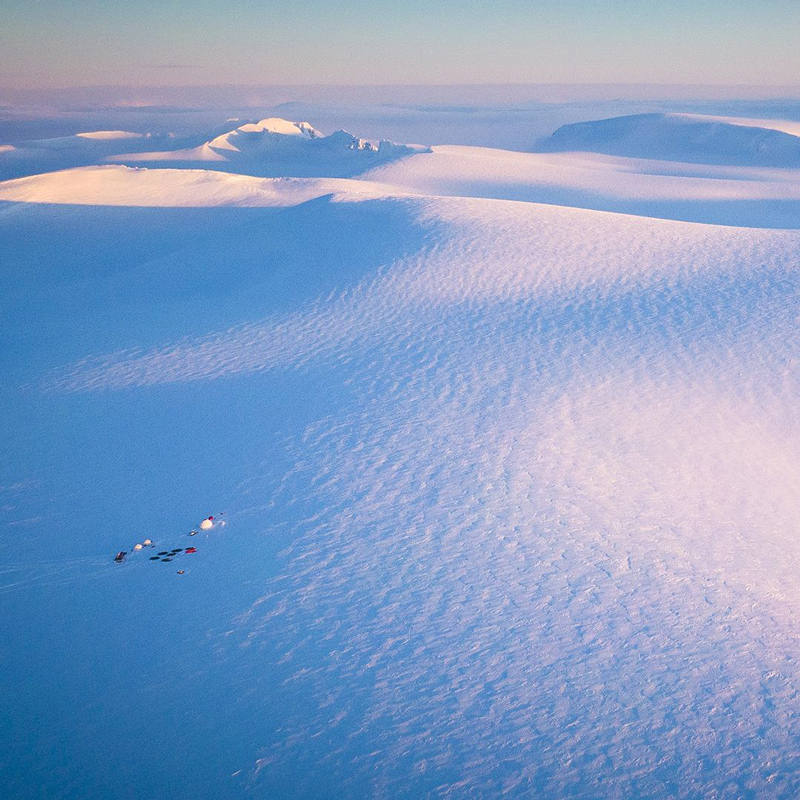
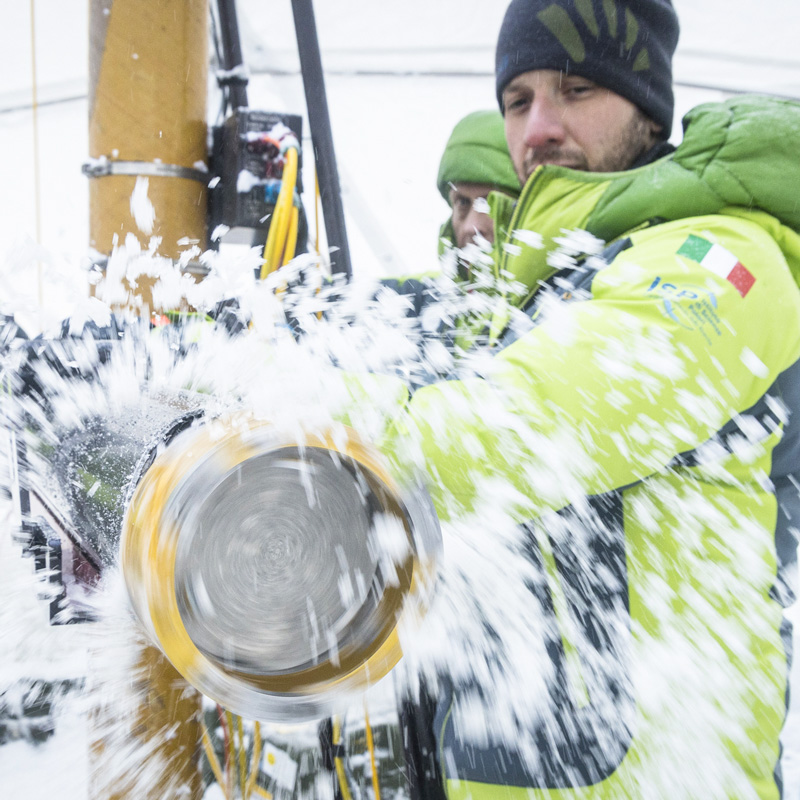
In addition to the extreme environmental conditions, during the first drilling attempt, once the scientists reached a depth of 24 meters, the researchers had to deal with an aquifer that returned a liquid core. A bitter but clear sign that the melting of the glacier had reached an advanced stage. Hence the need to relocate all coring equipment 13 meters higher up, to the summit of the Dovrebreen glacier that feeds the Holtedahlfonna. At this site, the extraction of three samples of 74 metres each was completed. A shallower depth than originally planned, but sufficient to reconstruct the climatic history of the region.
The operations, which given the conditions are unlikely to be repeated in the future, have therefore been successfully concluded.
What will happen to the samples now? In 2024, they will be transported to the French-Italian Concordia station in Antarctica, where they will be stored at -50 degrees Celsius (without the use of energy) and will be studied by future generations of scientists. Another very small step in the search for a solution to the climate crisis has been taken!



